Disclosure: This article contains affiliate links. We may earn a commission from purchases at no extra cost to you, which helps our travel content.
The moment I stepped off the plane in Iqaluit, Nunavut's capital perched at the edge of Frobisher Bay, I knew this wasn't going to be like my previous arctic adventures. After fifteen years of exploring tundra environments from Alaska to Mongolia, there was something distinctly different about this place – a living, breathing intersection of traditional Inuit ways and modern Canadian life that exists nowhere else on earth. Having just returned from my third summer visit, I've finally earned enough local trust to share some genuine insights about experiencing this remarkable Arctic capital beyond the standard tourist trail. What follows isn't just another travel guide, but rather a collection of hard-earned wisdom from someone who has slowly peeled back Iqaluit's layers through respectful engagement with its people and landscapes.
Understanding Iqaluit's Cultural Landscape
Iqaluit (pronounced ee-KAL-oo-it) means 'place of many fish' in Inuktitut, and understanding this linguistic foundation is your first step toward meaningful connection here. With a population of about 8,000, it's a city where roughly 60% of residents identify as Inuit, creating a cultural fabric unlike anywhere else in Canada.
During my first visit five years ago, I made the classic outsider's mistake of treating Iqaluit as a destination rather than a community. Now I know better. The city exists in a delicate balance between traditional knowledge and contemporary challenges – housing shortages, food security issues, and the ongoing impacts of colonial policies are all part of the conversation here.
What transformed my experience was spending time at the Unikkaarvik Visitor Centre, not just on day one, but returning throughout my stay. The staff there – particularly Elisapee, who has become a friend over my visits – provide context that no guidebook can match. They can direct you to community events that aren't advertised online and help explain cultural protocols that might otherwise be invisible to visitors.
The Nunatta Sunakkutaangit Museum offers another layer of understanding through its collection of Inuit art and historical artifacts. During my visit last summer, I was fortunate to witness an elder demonstrating traditional soapstone carving techniques – a skill that continues to thrive as both cultural practice and economic opportunity.
Most importantly, approach Iqaluit with humility. This isn't a place to 'conquer' or check off a bucket list. It's a living community where people are rightfully protective of their culture and environment after generations of outside intervention.
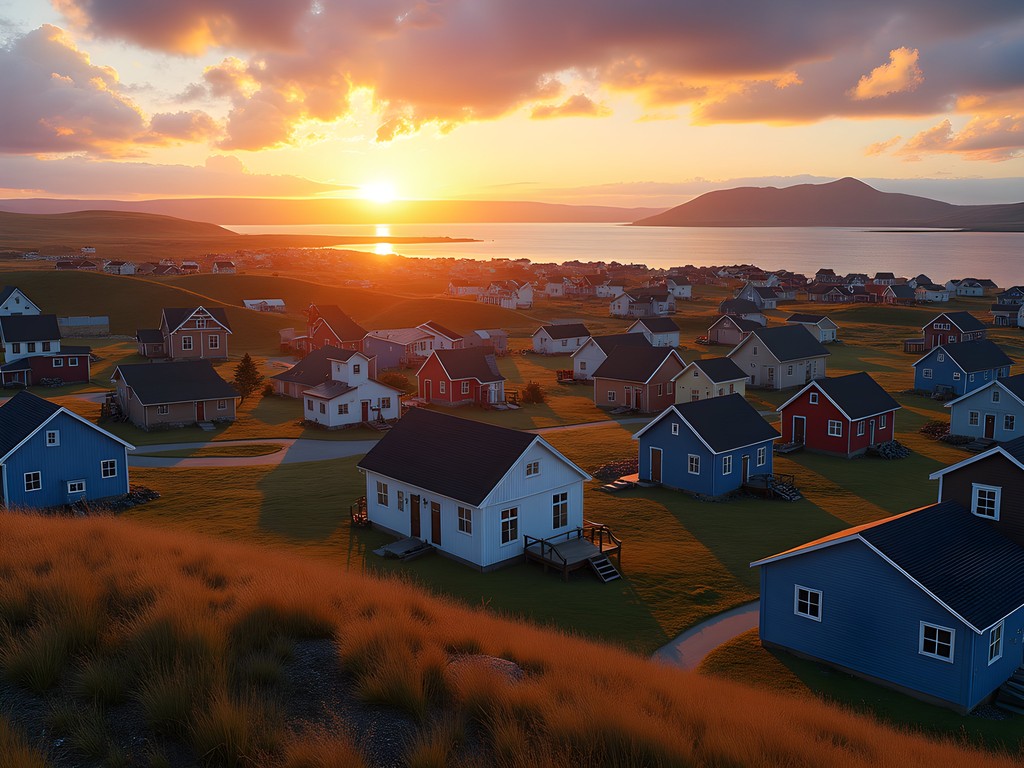
💡 Pro Tips
- Learn basic Inuktitut greetings like 'Ainngai' (hello) and 'Qujannamiik' (thank you) – even imperfect attempts are appreciated
- Visit the Unikkaarvik Visitor Centre multiple times during your stay as community events are often announced there with little online presence
- Purchase a copy of the local newspaper, Nunatsiaq News, to understand current community issues and events
Navigating Daily Life and Logistics
The first thing to understand about Iqaluit is that everything – absolutely everything – works differently here than in southern Canada or the United States. This isn't a negative; it's simply the reality of Arctic living that requires adjusting your expectations.
Accommodations in Iqaluit are limited and expensive. During my first visit, I stayed at the Frobisher Inn, which provides comfortable if somewhat utilitarian rooms. On subsequent trips, I've used Airbnb to find local apartments, which not only saves money but offers a more authentic experience. Book at least 6-8 months in advance, especially if visiting during summer.
Transportation requires planning. There are no ride-sharing services, and the single taxi company charges flat rates (currently $8 per person within city limits). I've found that renting a car is worthwhile if staying for more than a few days – Arctic Car Rental has reliable vehicles equipped for local conditions, though at premium prices.
For outdoor adventures, proper gear is non-negotiable, even in summer. My insulated jacket has been invaluable during unexpected temperature drops, which can happen any day of the year. Layers are essential – I've experienced 50°F (10°C) temperature swings within hours.
Internet and cell service exist but are significantly slower and more expensive than what you're accustomed to. Most accommodations offer WiFi, but bandwidth limitations mean video calls and streaming are often problematic. I've found my satellite messenger to be essential when venturing beyond city limits, as cell coverage disappears quickly.
Grocery shopping will give you sticker shock – expect to pay 2-3 times southern prices for basics. The North Mart and Arctic Ventures are the main stores, but their inventory can be unpredictable depending on recent cargo flights. I typically bring protein bars and shelf-stable specialties from home, leaving room to purchase local foods like Arctic char when available.
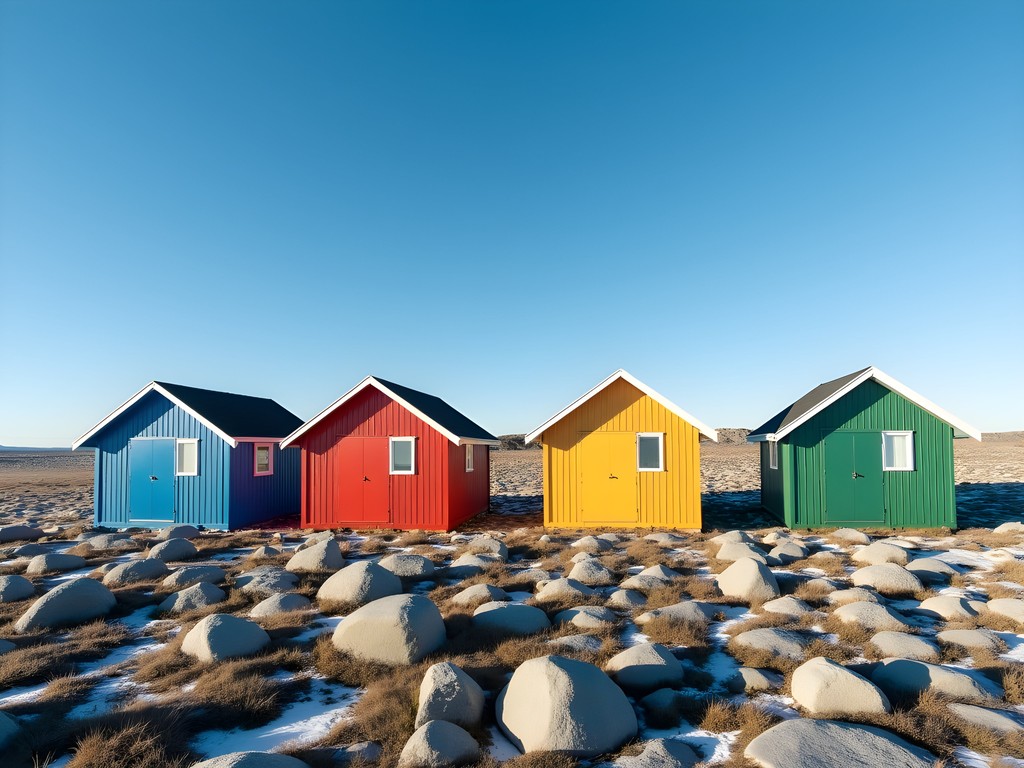
💡 Pro Tips
- Book accommodation at least 6 months in advance, especially for summer visits
- Bring a reusable water bottle – Iqaluit's water is perfectly safe to drink and among the purest in Canada
- Purchase a phone card for international calls as roaming charges can be astronomical
Connecting with Local Food Culture
Food in Iqaluit tells the story of place, people, and adaptation like nothing else. My understanding of Inuit culture deepened immeasurably when I began approaching local food with genuine curiosity rather than trepidation.
Country food – the traditional wild-harvested foods of the Inuit – remains central to life here. During summer, you may be invited to community feasts where foods like seal, caribou, Arctic char, and muktuk (whale blubber) are shared. If extended such an invitation, consider it an honor. My approach has always been to try everything offered with respect and openness. The nutritional wisdom embedded in these traditional foods – particularly their importance in providing essential fatty acids and vitamins in an environment where fresh produce is limited – reflects generations of sophisticated ecological knowledge.
For those seeking country food in a restaurant setting, The Frob Kitchen & Eatery offers dishes like pan-seared Arctic char and caribou burgers. Their menu thoughtfully bridges traditional ingredients with contemporary preparations. Yummy Shawarma surprisingly offers some of the best char in town in their fish and chips.
The Black Heart Café provides excellent coffee and baked goods, including bannock (a traditional quick bread). It's also a gathering place where you might naturally fall into conversation with locals – some of my most valuable insights have come from casual chats here.
If invited into someone's home, bringing a thoughtful gift is appropriate. Rather than typical souvenirs, consider practical items that are expensive locally. Quality coffee beans, specialty chocolate, or fresh fruit (if you can transport it safely) are always appreciated. During my last visit, I brought specialty teas from Virginia, which prompted a fascinating discussion about foraging for local herbal teas during the brief summer season.
For self-catering, I've found it worthwhile to invest in a good packable cooler to store fresh items purchased at the local stores or farmers' market (held Saturdays during summer). The ability to safely store food from one of the infrequent produce deliveries has saved me countless dollars over my visits.

💡 Pro Tips
- Try bannock (traditional bread) at Black Heart Café – they often sell out by mid-afternoon
- Visit the Saturday farmers' market in summer for local crafts and occasionally fresh produce from community greenhouses
- If invited to try country food, approach with respectful curiosity – these foods have sustained communities here for thousands of years
Respectful Outdoor Exploration
Iqaluit's surrounding landscape offers profound experiences for those willing to approach the land with respect and proper preparation. After multiple visits spanning different seasons, I've developed a deep appreciation for both the beauty and the potential dangers of this environment.
Sylvia Grinnell Territorial Park, just a short distance from town, provides an accessible introduction to the tundra ecosystem. The park's namesake river attracts locals for fishing and is a perfect spot to witness the midnight sun during summer months. I've spent countless hours here photographing Arctic wildflowers that burst into brief, vibrant bloom during the short growing season.
For more ambitious exploration, Qaummaarviit Territorial Park is accessible only by boat or snowmobile (depending on season). Its archaeological sites offer glimpses into the Thule culture that preceded modern Inuit. Arranging transportation requires advance planning – I recommend contacting Inukpak Outfitting, whose guides provide cultural context that transforms what you're seeing from curious stone formations into a coherent story of human ingenuity.
Before any outdoor excursion, proper gear is non-negotiable. Even in summer, weather conditions can change dramatically within hours. My trekking poles have proven invaluable on the uneven tundra terrain, especially when crossing streams or navigating rocky outcroppings.
Wildlife encounters require particular awareness. Polar bears occasionally appear near town, especially as climate change alters sea ice patterns. Never hike alone in remote areas, and always inform someone of your plans. During my second visit, I participated in a guided hike where our Inuit guide demonstrated traditional techniques for being aware of your surroundings – scanning ridgelines, noting bird behavior changes, and reading wind patterns.
Most importantly, understand that the land here is not empty wilderness but rather a cultural landscape that has sustained Inuit for thousands of years. What might look like a random pile of stones could be an inuksuk with navigational significance or a historical food cache. Always stay on established trails unless accompanied by a knowledgeable local guide.
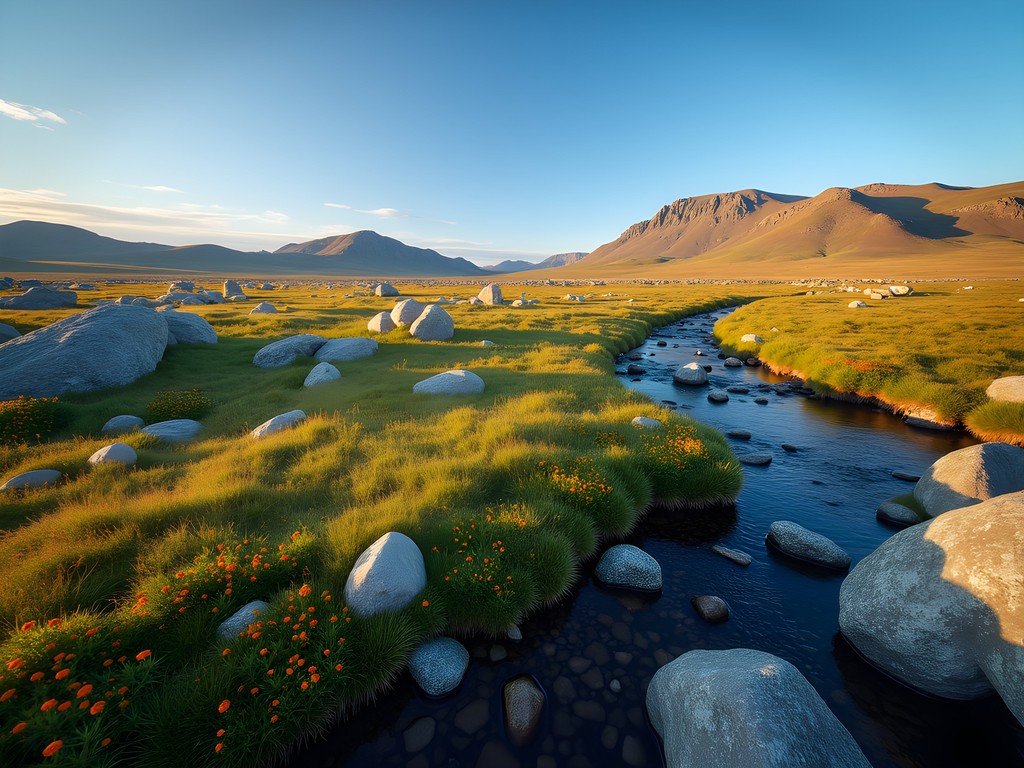
💡 Pro Tips
- Hire local guides for any significant outdoor excursions – they provide safety and cultural context while supporting the local economy
- Never remove rocks or disturb stone formations which may have cultural significance
- Pack out absolutely everything you bring into the environment – waste decomposition happens extremely slowly in the Arctic
Meaningful Cultural Exchange
The most rewarding experiences I've had in Iqaluit have come through genuine cultural exchange rather than passive observation. This approach requires patience, respect, and the understanding that relationships develop at their own pace.
The Nunatta Sunakkutaangit Museum hosts regular demonstrations of traditional skills like soapstone carving and sealskin preparation. These aren't performances for tourists but rather living traditions being shared. During my visits, I've found that asking thoughtful questions about techniques and listening attentively opens doors to deeper conversations.
The Alianait Arts Festival (held annually in late June/early July) showcases music, visual arts, film, and storytelling from across the Arctic. What makes this festival special is the natural mingling of visitors and locals, creating organic opportunities for conversation. Last year, I spent an unforgettable evening listening to throat singing performances followed by impromptu storytelling that continued long after the official program ended.
Iqaluit's Legislative Assembly offers tours that provide insight into Nunavut's unique consensus government system, which incorporates Inuit Qaujimajatuqangit (traditional knowledge) into modern governance. The building's architecture and artwork tell the story of Nunavut's creation in 1999 – a political achievement that's still unfolding.
For those interested in contemporary Inuit art, visiting studios requires advance arrangement but offers unparalleled opportunities to connect with artists. The Nunatta Sunakkutaangit Museum can sometimes facilitate introductions, as can the visitor center.
Perhaps most importantly, approach cultural exchange with genuine curiosity rather than preconceptions. During my second visit, a casual conversation at Black Heart Café led to an invitation to join a family for Sunday dinner, where three generations shared stories that completely reshaped my understanding of life in the North.
Before visiting, I highly recommend reading The Right to Be Cold by Sheila Watt-Cloutier, an Inuk environmental and human rights advocate from Nunavut. Her memoir provides essential context for understanding the interconnection between cultural preservation, climate change, and human rights in the Arctic.

💡 Pro Tips
- Visit the Nunatta Sunakkutaangit Museum early in your trip to gain cultural context that will enrich your entire stay
- Check community bulletin boards for events not advertised online – some of the most authentic experiences won't have a digital presence
- When purchasing art or crafts, ask about the artist and story behind the piece rather than focusing solely on price
Final Thoughts
As I boarded my flight back to Virginia Beach after a week immersed in Iqaluit's summer rhythms, I realized that 'living like a local' here isn't about perfectly replicating Inuit life – it's about approaching this remarkable place with humility, respect, and a willingness to learn. The Arctic isn't merely surviving climate change and cultural shifts; in many ways, it's showing us all how adaptation and resilience work in practice. My time in Iqaluit has consistently challenged my preconceptions about northern communities while deepening my appreciation for the sophisticated knowledge systems that have allowed people to thrive here for millennia. If you make the journey, come with an open mind and heart. Listen more than you speak. Support local businesses and artists. And above all, recognize that you're a guest in a homeland with traditions and wisdom that long predate our modern notions of travel. The true north reveals itself not to those who merely visit, but to those who listen.
✨ Key Takeaways
- Approach Iqaluit with humility and respect for the living culture and community
- Invest time in building relationships rather than checking off tourist attractions
- Prepare properly for Arctic conditions even during summer months
- Support the local economy through thoughtful purchasing decisions
📋 Practical Information
Best Time to Visit
June to August for milder weather and midnight sun
Budget Estimate
$2,500-3,500 USD per week (including flights from southern Canada)
Recommended Duration
Minimum 5-7 days
Difficulty Level
Challenging
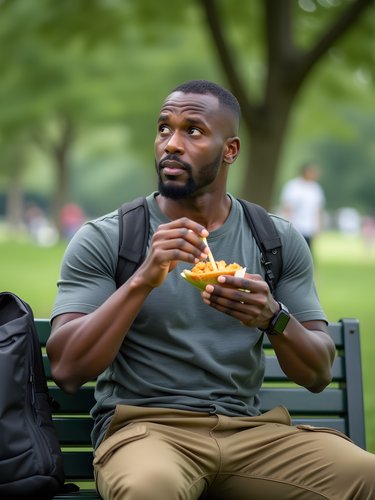

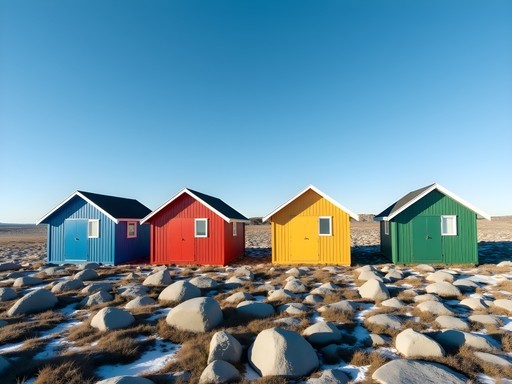

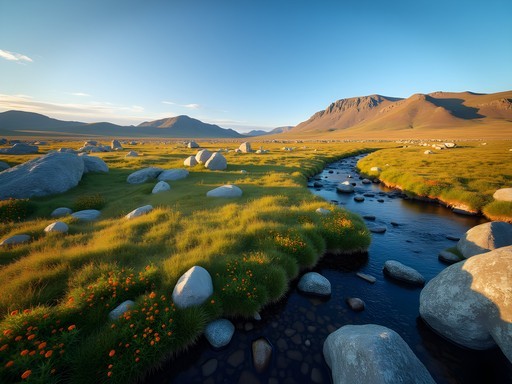
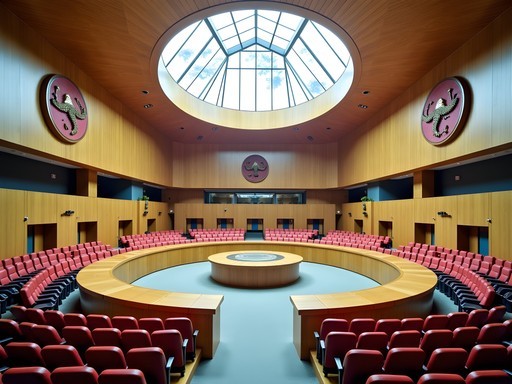








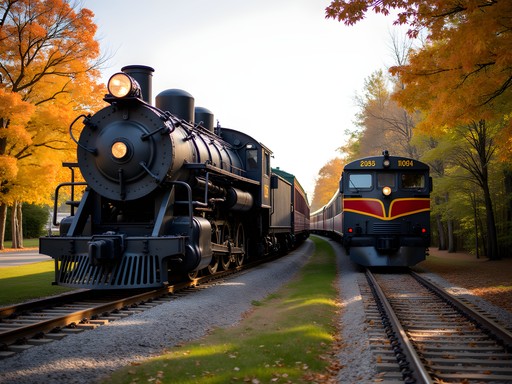

Comments
sunnystar
I've been to Iqaluit twice and Timothy nailed it with the local food culture section. Definitely attend a community feast if you can! One thing to add - transportation around town is limited, so either be prepared to walk everywhere or arrange for taxi service in advance. The locals are incredibly helpful if you get lost. Also, the weather can change in minutes so always carry an extra layer even on sunny days.
wildace
OMG THIS IS AMAZING!! I've been obsessed with visiting the Canadian Arctic and this post just convinced me to book the trip! The cultural tips are so helpful - I would have totally messed up some of those etiquette points. Did anyone have trouble with cell service there? I need to stay connected for work emergencies.
travelwanderer3927
Just booked my flights to Iqaluit for next summer after reading this! Any restaurant recommendations?
cooltime
The Snack is a must-visit! Also try caribou stew at The Navigator if they have it.
Ana Robinson
Timothy, your post brings back wonderful memories! We took our kids (8 and 10) to Iqaluit last summer after reading your blog. The section about respectful outdoor exploration was particularly helpful. Our children were fascinated by the Inuit art workshop we found at the Nunatta Sunakkutaangit Museum. One tip for families I'd add: bring plenty of snacks as grocery options can be limited and expensive. We packed our insulated food container which was perfect for carrying hot meals during our tundra hikes. The kids still talk about spotting Arctic foxes near Sylvia Grinnell Park!
wildace
Ana, did your kids handle the midnight sun okay? Thinking of taking my 7-year-old next year.
Ana Robinson
They struggled the first night but we brought sleep masks which helped a lot! By day 3 they were adjusted.
blueace
Those northern lights photos are incredible! Bucket list destination for sure.
Hunter Thompson
MATE! This post is absolutely brilliant! I backpacked through northern Canada last year but completely missed Iqaluit - massive regret after reading this. The way you described connecting with locals through country food sharing is exactly the kind of authentic experience I chase. I'm planning another Arctic adventure for next summer and definitely adding Iqaluit to the itinerary. Did you find it easy to meet locals? Any specific community events you'd recommend timing a visit around?
travelwanderer3927
Hunter, if you go in late June you can catch Nunavut Day celebrations! Totally worth planning around.
cooltime
I visited Iqaluit last summer and can confirm everything in this post. The cultural center was amazing but I wish I'd known about the elders' storytelling sessions you mentioned! The thing that surprised me most was how friendly everyone was despite being such a remote place. Did you try the Arctic char sushi at The Snack? Absolute highlight of my trip!
wanderlustadventurer
This is exactly the kind of authentic experience I've been looking for! Timothy, how cold was it during your summer visit? I'm thinking about going next June but worried about packing the right gear.
Timothy Robertson
Summer temperatures in Iqaluit can be surprisingly mild - typically between 40-60°F (4-15°C). Definitely bring layers though, as it can change quickly!
wanderlustadventurer
Thanks Timothy! That's warmer than I expected. Definitely adding this to my 2026 travel list.
Frank Garcia
Excellent breakdown of Iqaluit's cultural nuances. I backpacked through several Arctic communities last year and found Iqaluit to be the most accessible starting point. Your section on transportation was spot-on - those taxi fares are indeed shocking for newcomers! I'd emphasize the importance of learning a few Inuktitut phrases; locals really appreciated my terrible attempts. Also worth noting: the Iqaluit Public Library is an underrated resource for travelers. They have free maps, cultural resources, and it's a warm place to plan your day. Did you make it out to Sylvia Grinnell Territorial Park? The hiking there provides a perfect introduction to the tundra landscape for visitors.
Timothy Robertson
Thanks Frank! Great tip about the library - I spent a rainy afternoon there but didn't think to mention it. And yes, Sylvia Grinnell was a highlight! The contrast between the flowing river and the stark tundra was breathtaking.
Frank Garcia
Glad you made it there! Did you try fishing? I caught Arctic char with a local guide - unforgettable experience and the freshest meal of my life.
Sophia Gomez
Timothy, your post brought back so many memories! I visited Iqaluit last year for a business conference and extended my stay to explore. Your tip about respecting the land really resonated with me. One thing I'd add is about winter visits - I went in February and the experience is completely different. The darkness creates this magical atmosphere, but you need serious cold weather gear. My arctic parka was a literal lifesaver in -40°C temperatures. The Northern Lights display made every freezing moment worth it though! Did you get a chance to try any seal or caribou dishes at Yummy Shawarma? Their fusion of traditional Inuit ingredients with Middle Eastern cooking techniques was mind-blowing.
Venture X
Premium card with 2X miles, $300 travel credit, Priority Pass